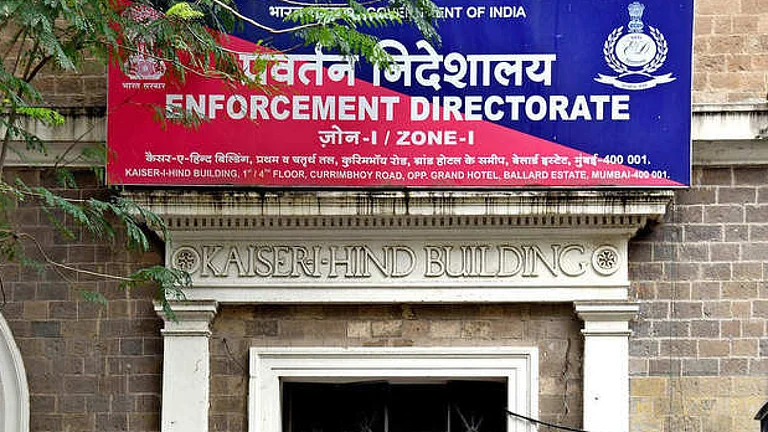Any insurance product is a promise to cover risk and provide financial assistance at worst periods of life for an insured. The agreement of an insurance product is based on the principle of utmost good faith. And hence, the policyholder and the insurer need to disclose all material and relevant information to each other before commencement of the contract. Insurance is purely based on risk and insured are not expected to make profit out of insurance.
However, it is not always the case and fraud in insurance is not a new thing. Parties indulging in fraud make money by producing fake death certificate and medical bills with or without the knowledge of insured and beneficiaries. In case of suspicious claim insurer can lodge a complaint to police.
Frauds in insurance are typically where a fraudster tries to gain undue benefit from the insurance contract by ignorance or willful manipulation. The four common types of life insurance frauds include application fraud, death fraud, forgery, and phony policy fraud.
Pointing out the types of frauds, Shivakumar Shankar, India MD of LexisNexis Risk Solutions said, “The most common frauds from an insured’s perspective are those relating to mis-representation or non-disclosures. Though smaller in numbers, life insurance faces high severity cases of ‘dead man insurance’ frauds and the number of such cases, albeit small, is seeing a rising trend”.
At the time of buying life insurance the customer may hide personal details while filling the proposal form. On the other hand, a customer of health insurance could hide pre-existing illness while buying health insurance plan. These result in insurers not being able to underwrite or price a risk correctly.
Most of the legitimate claims are settled within a short period. However, in case of suspicious claims the first step is to identify those claims which have a higher possibility of being fraudulent.
Based on Insurance Regulatory Development Authority of India (IRDAI) guidelines issued on fraud monitoring framework, insurers have taken fraud seriously and have evolved a board approved fraud mitigation approach. This includes sharing of data both at a repository level as well as bilateral co-operation between insurers.
Insurers have also started focusing on the collection of quality data both to mitigate frauds and also to improve customer service. For instance, health insurance claims that show excessive billing, unnecessary diagnosis, inappropriate number of days of hospitalisation and duplicate billing,
“Technology is the key to fighting frauds. The backbone to any fraud mitigation is the availability of quality data and the willingness to mutually co-operate with industry players. Data is the primary need and insurers would need to focus more on ensuring greater data width, depth and quality”, added Shankar.
Taking undue advantage of any insurance service would only lead to lack of trust among the service providers and the customers. While companies have started using data to tackle these issues, it’s important that insured parties stay away from using shady methods to enjoy benefits as it could prove to be harmful in the longer term.






























